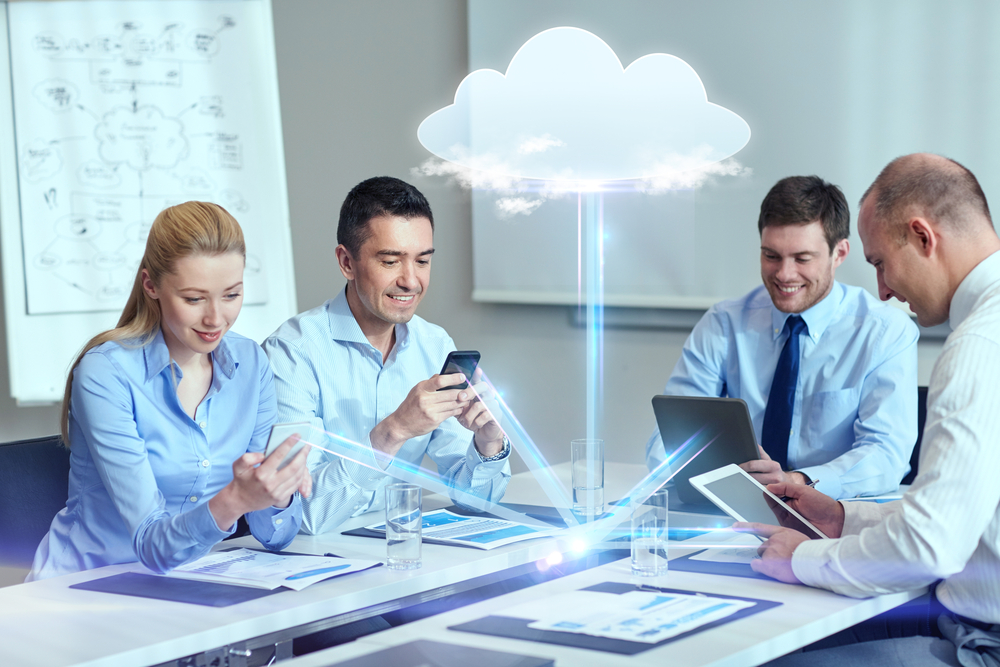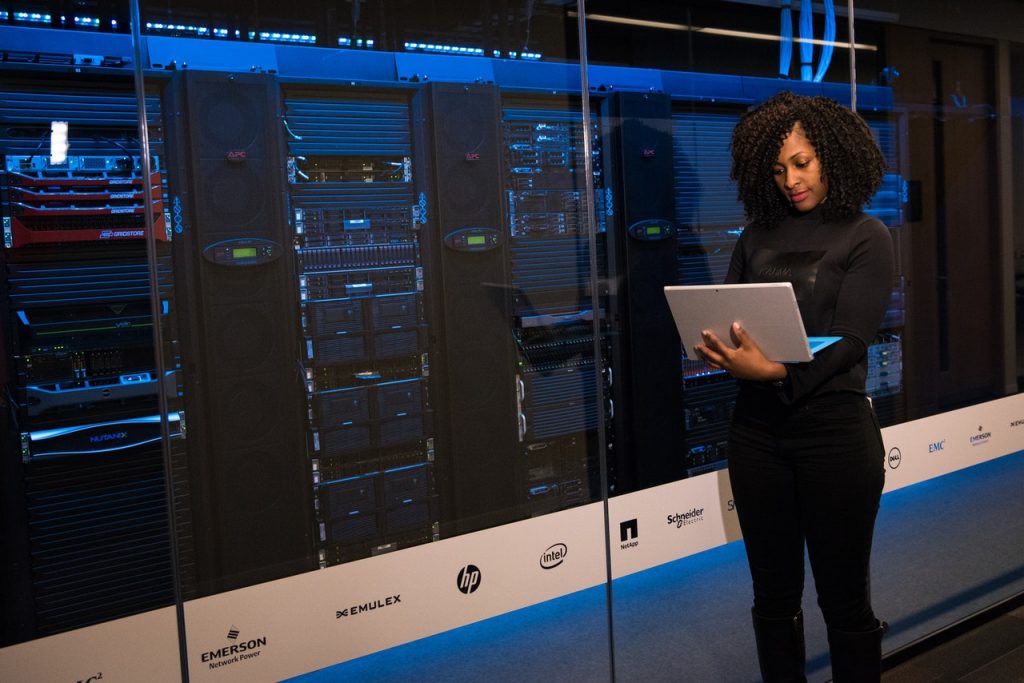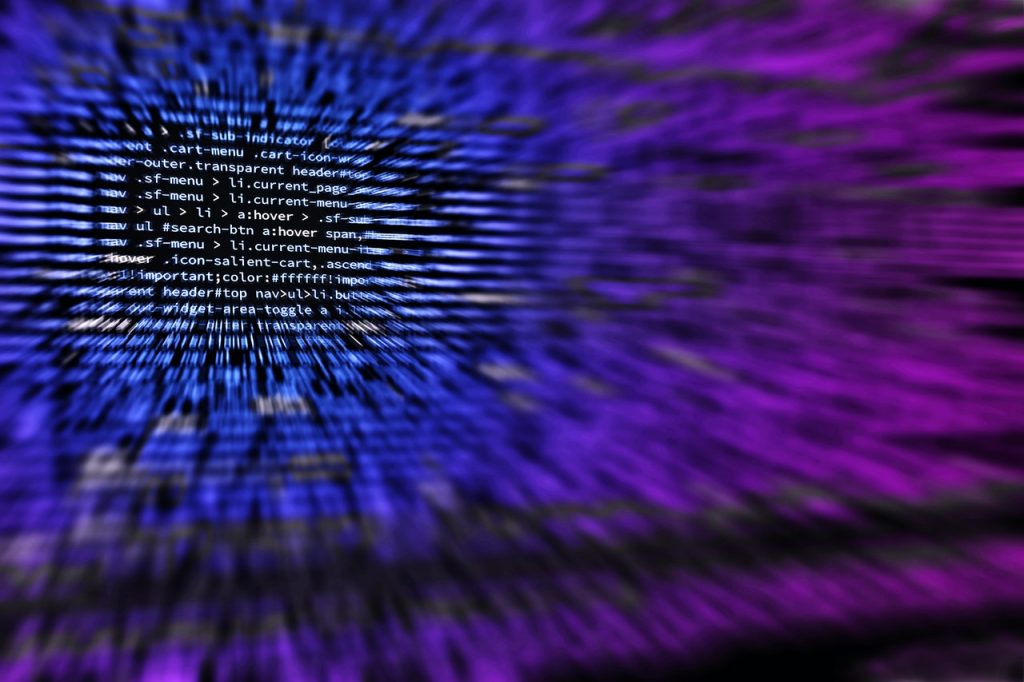Cloud computing and the Internet of Things (IoT) are two very closely-related internet technologies that complement each other. The convergence of these two distinct technologies has derived numerous benefits, including better infrastructure, enhanced performance, and increased scalability.
Cloud computing and IoT have a complementary relationship and work best as inseparable cohorts. Cloud-based IoT allows for smart usage of information, applications, and infrastructure cost-effectively. But to understand the relationship between IoT and cloud computing, we’ll need to look at each technology separately.
What’s IoT
IoT is an ecosystem of connected devices that are accessible through the internet. With an estimated 50 billion devices connected to the internet by 2020 – and more than 75 billion projected to be in use by 2025 globally – IoT is a top consideration for forward-thinking enterprises.
IoT features different components, including:
- Devices “things”
- Gateway
- Cloud
- Analytics
- User interface
The devices are fitted with actuators and sensors that gather data from the environment and transfer it to the gateway for pre-processing. The gateway serves a security level for the network and transmitted data. Once the data is collected, it is sent to the cloud, which is often a set of serves linked to the internet 24/7. The information then undergoes processing and becomes available through different user interfaces.
IoT bases its model in smart devices which intercommunicate in a dynamic infrastructure and global network. It facilitates ubiquitous computing scenarios. The Internet of Things is characterized by widespread devices with limited storage and processing abilities. These devices are prone to issues regarding privacy, reliability, performance and security.
What is cloud computing?
Cloud computing is an on-demand delivery of computing power, applications, database storage, and IT resources. It allows companies to use computing resources, like a virtual machine, rather than deploying a computing infrastructure in-house.
Cloud computing is characterized by aspects like:
- On-demand self-service
- Resource pooling
- Broad network access
- Pay as you use
- The on-demand rapid expansion of resources.
Cloud computing comprises an extensive network with unlimited computational power and storage abilities. It offers a flexible and robust environment that facilitates data integration from different data sources. Cloud computing has the potential to resolve almost all IoT issues.
Cloud computing has four types of deployment models: Public Cloud, Private Cloud, Hybrid Cloud, and Community Cloud. Since businesses have varied needs, they may have to choose a cloud computing service that fits their preferences. Examples of these services include Software as a Service (SaaS), Platform as a Service (PaaS), and Infrastructure as a Service (IaaS).
A closer look at the relationship between cloud computing and IoT
The Internet of Things (devices, machines, and sensors) produces extensive quantities of data per second. And as we discussed, cloud computing helps in the analysis and management of this data so that companies can reap the most benefit out of their IoT infrastructure. The goal of IoT is to connect and enable communication between people, processes, and things. Cloud computing facilitates this collaboration to create greater visibility.
The fundamental idea behind cloud computing and IoT is to optimize the daily tasks, without affecting the quality of data stored or exchanged. Since the relationship is symbiotic, the two complement each other successfully. The IoT becomes the source of information, while the cloud becomes the destination for the data to be stored.
Cloud computing, with its vast models and implementation platforms, allow enterprises to analyze and manage data, improving overall efficiency and working of the IoT system. It also allows data storage and transfer through the internet or with a direct link that facilitates uninterrupted data transfer between applications, devices, and cloud.
This explains why almost most companies (96%) use cloud computing in one way or another. And with the rise of cloud platforms like Google Cloud Platform, IBM Cloud, Microsoft Azure, and Amazon Web Services, we can only expect to see a surge in the uptake of IoT solutions. Experts believe that we’ll see lots of growth in cloud services for devices in the coming years, much of it from Google, AWS, and Microsoft, along with purpose-built clouds that device makers may share or use exclusively.
A successful partnership between IoT and cloud computing
IoT is powered by the cloud, meaning that the collection of sensor-enabled devices depends on the strength of specific cloud computing techniques to thrive. This need makes IoT a critical element in the adoption and growth of cloud infrastructure, and vice versa. Companies need to employ a cloud strategy that enables them to support IoT development if they want to leverage the new applications that will be created and delivered through cloud-based platforms.
How cloud computing augments the growth IoT
Increases efficiencies
One of the main ways cloud computing complements IoT initiatives is by increasing efficiencies in daily tasks. IoT generates large amounts of data, and the cloud offers a pathway for this data to travel.
Data storage
Data storage in the cloud allows IoT enterprises to adapt quickly and distribute resources in different areas. And with the emergence of big data, the cloud is now an appealing option for many companies.
Providing infrastructure
Integration of IoT and cloud enables public cloud services to grant third-parties the power to access infrastructure. This, in turn, helps IoT data or computational modules running over different devices.
Augmented performance
Big data generated by extensive IoT devices need robust performance to interact and connect with other devices quickly. The integration of IoT and cloud can offer connectivity that’s vital to share data between devices and obtain quick meaning from it.
Enhanced scalability
IoT devices need plenty of storage to share data for critical reasons. Cloud services like IBM Watson, Google Cloud Platform, Microsoft Azure, Amazon Web Services, etc. are some of the IoT-based cloud systems that provide consumers with greater storage that can be increased or decreased accordingly.
Remote computing power
Thanks to this technology, enterprises can expand their infrastructure and network without deploying extensive hardware. And with faster networking technologies like the 5G, teams can now accelerate the creation of real-time applications and access remote cloud computing services with a few clicks.
Pay-as-you-go
Pay as you go (PAYG) is a cloud computing payment method that enables consumers to pay for the data they store. The PAYG model allows businesses to expand their usage according to need. They also won’t have to spend money to buy provision servers or other infrastructure, thus saving on cost.
Conclusion
IoT devices generate a massive amount of data, putting a strain on internet infrastructure. Cloud computing comes in to help store, process, and transfer data in the cloud rather than connected devices. IoT and cloud computing technologies are closely associated, and when combined, can deliver powerful innovation that will continue to change the way we interact with our devices, with each other as well as how we store, manage and consume information.
John is a highly respected and seasoned C-level sales, operations and general management executive, with decades of proven success in growing sales and profits while vastly improving operational disciplines.








